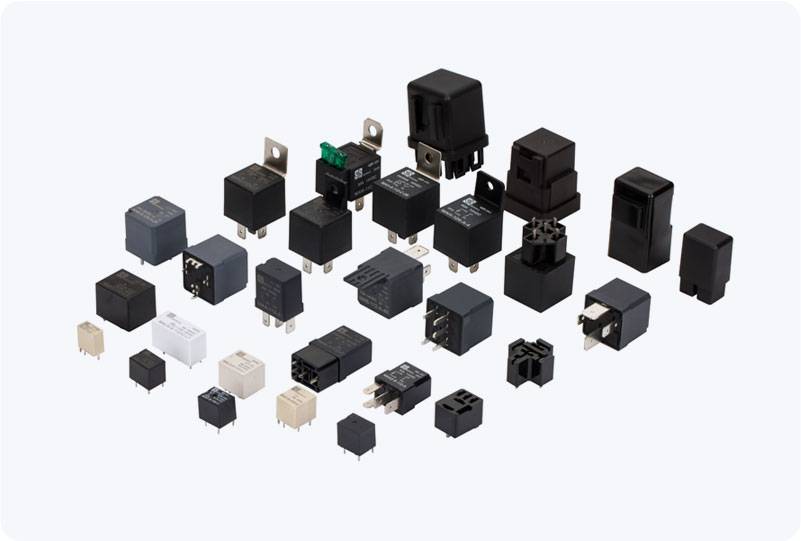IGBT-based High Voltage (HV) relays are essential components in modern electrical systems that require reliable and efficient switching in high-voltage environments. These devices leverage the power of Insulated-Gate Bipolar Transistors (IGBTs) to control large currents and voltages with minimal loss, contributing to the optimization of various industrial, transportation, and energy systems. This article explores the function, advantages, applications, and challenges of IGBT-based HV relays in today’s high-demand electrical applications.

What is an IGBT-Based HV Relay? An IGBT-based HV relay is a type of electronic relay that uses the switching capabilities of an IGBT to control high voltage circuits. Unlike traditional mechanical relays that rely on physical contact points to open and close a circuit, IGBT relays use semiconductor technology to achieve this function, providing several benefits, including faster switching speeds, higher durability, and better efficiency. The IGBT is a hybrid semiconductor device that combines the advantages of both MOSFETs (for high-speed switching) and BJTs (for high current handling).